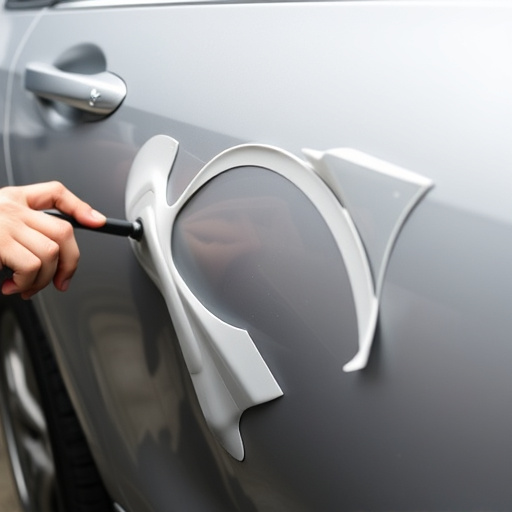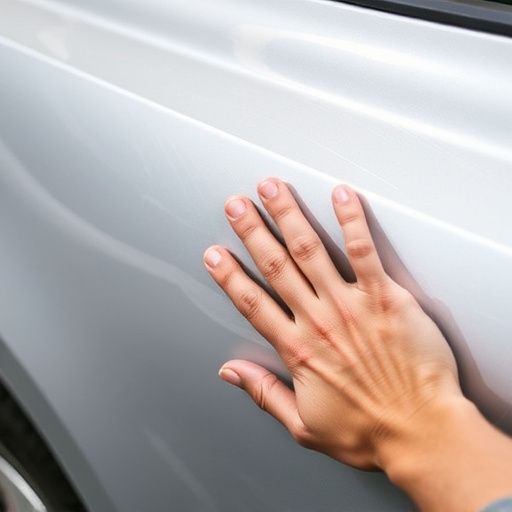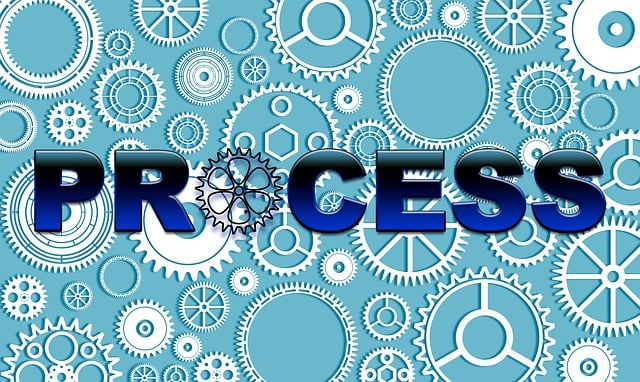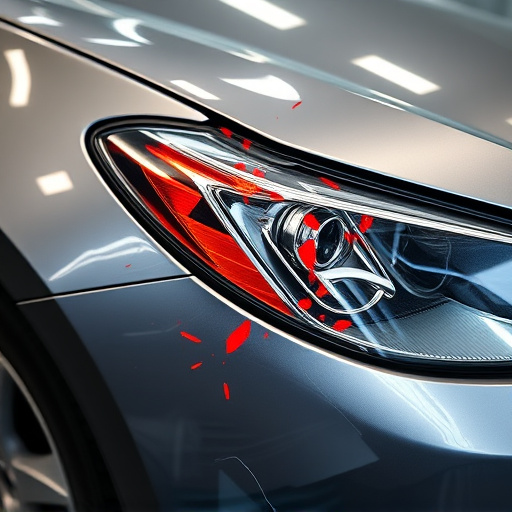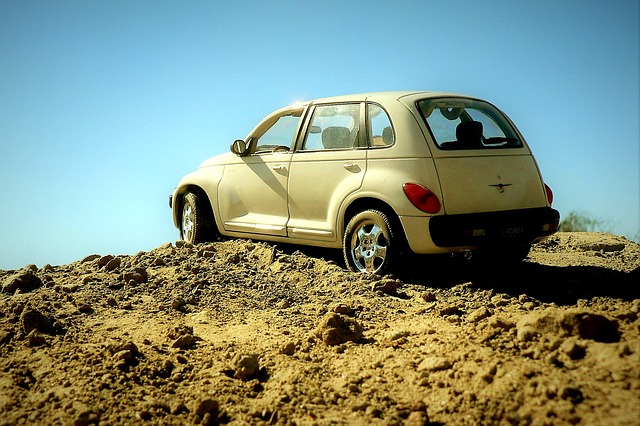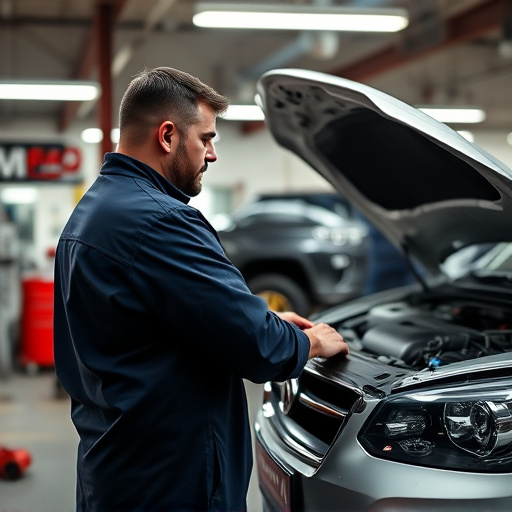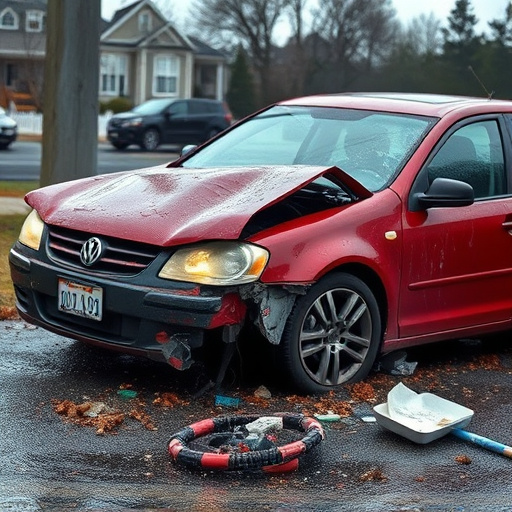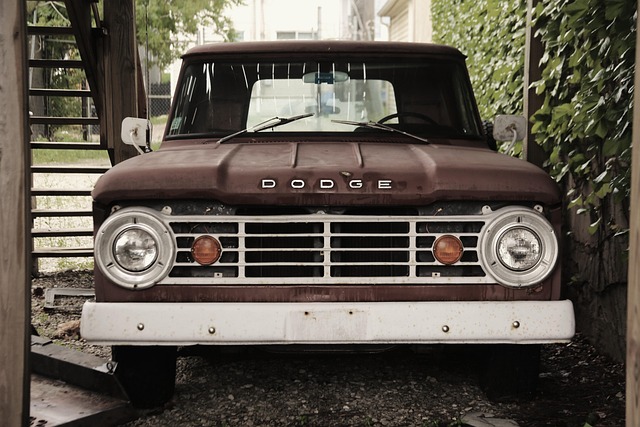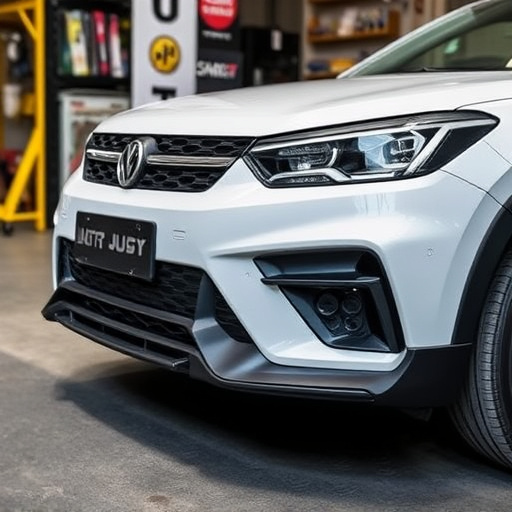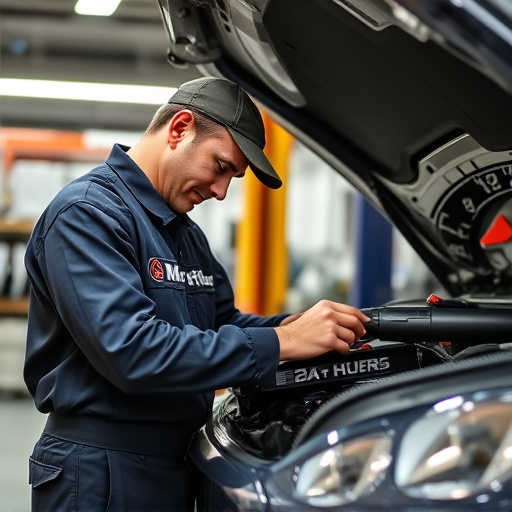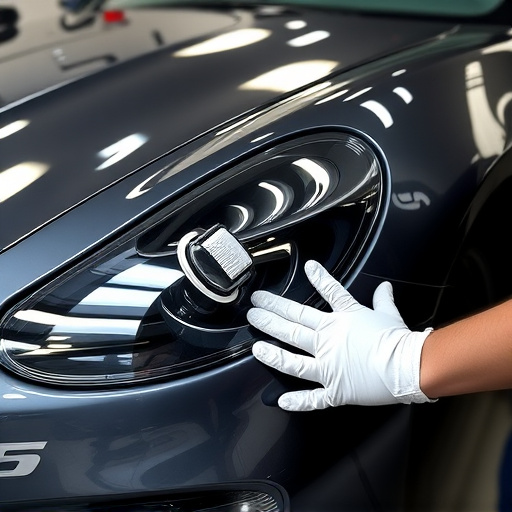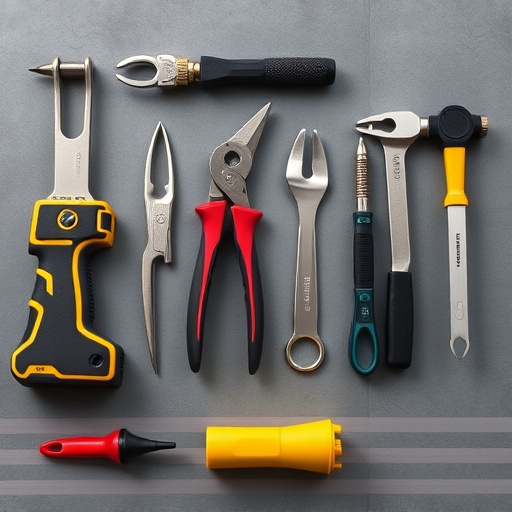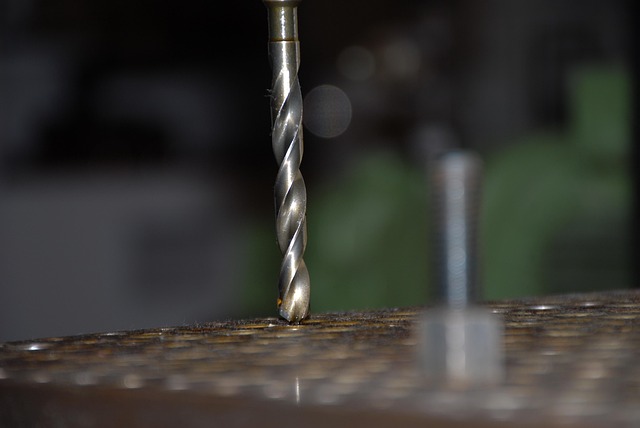Welding is key in metal fabrication collision repair, ensuring structural integrity and precise restoration. Different techniques cater to material, thickness, and finish requirements, minimizing distortion and heat-affected zones. Skilled technicians use advanced methods for seamless panel integration, preserving vehicle authenticity and safety standards. Quality body shops invest in trained personnel and modern equipment for superior aesthetic appeal and long-lasting repairs.
Welding is a cornerstone process in metal fabrication, crucial for collision repair, where damaged vehicles are restored to their pre-accident condition. Understanding various welding techniques empowers technicians to seamlessly integrate repairs into the vehicle’s original structure. This article delves into the intricacies of welding, its pivotal role in collision repair, and explores the benefits and challenges associated with this vital process, highlighting why it remains an indispensable tool in the metal fabrication collision repair landscape.
- Understanding Welding Techniques in Metal Fabrication
- The Role of Welding in Collision Repair Process
- Benefits and Challenges: Welding in Collision Repairs
Understanding Welding Techniques in Metal Fabrication

Welding is a fundamental process in metal fabrication, especially for collision repair. Understanding various welding techniques is key to ensuring structural integrity and aesthetic precision during car scratch repair or more extensive collision damage restoration. Each technique offers unique advantages tailored to different materials, thicknesses, and desired finishes. For instance, while spot welding might be suitable for joining thin metal panels in a car body, more robust applications like frame repairs may call for stronger processes such as TIG (Titanium Gas) or MIG (Metal Inert Gas) welding.
In collision repair services, the ability to wield these techniques effectively is crucial. It ensures that components like fenders, doors, and even complete body panels are not only structurally sound but also seamlessly integrated into the existing vehicle’s metal fabrication. Moreover, with advancements in technology, modern welding methods can enhance precision, reduce distortion, and minimize heat-affected zones, thereby preserving the overall quality of both the repair and original auto glass replacement components.
The Role of Welding in Collision Repair Process

In the realm of metal fabrication collision repair, welding plays a pivotal role, serving as the very backbone of the process. It’s a transformative art that reconstructs and strengthens damaged automotive structures, bringing them back to their original integrity and safety standards. Skilled technicians meticulously employ various welding techniques to fuse metal components, ensuring seamless integration and superior structural stability. This meticulous process is crucial for restoring not just modern vehicles but also classic car restoration projects, where preserving authenticity while enhancing strength is paramount.
The art of welding in an auto repair shop or automotive body shop enables the precise reconstruction of panels, frames, and various metal parts, ultimately facilitating a flawless return to the road. Its significance transcends mere structural repair; it’s about resurrecting vehicles with precision and care, be it a contemporary model or a vintage classic. This meticulous attention to detail ensures that every welded joint not only meets safety regulations but also contributes to the overall longevity and performance of the vehicle, making it an indispensable aspect of metal fabrication collision repair.
Benefits and Challenges: Welding in Collision Repairs

Welding is a cornerstone process in metal fabrication collision repair, offering both significant advantages and unique challenges. Among its benefits, welding enables precise restoration of vehicle structures, ensuring safety and structural integrity after an accident. It allows for seamless integration of replacement parts, matching original specifications, and enhancing the overall quality of car repair services. Welding expertise is crucial in achieving minimal, if not invisible, repair marks, contributing to a vehicle’s aesthetic appeal.
However, welding in collision repairs presents certain hurdles. Skilled welders are essential to achieve strong, lasting bonds while mitigating risks like warping or discoloration. Moreover, efficient dent removal and intricate metal shaping require advanced techniques and specialized tools. Body shop services that prioritize quality welding invest in trained personnel and state-of-the-art equipment, ensuring superior results in every car repair service they provide.
Welding is an indispensable pillar in the realm of metal fabrication collision repair, offering both structural integrity and aesthetic precision. By understanding various welding techniques, professionals can navigate the intricate process of repairing damaged vehicles, ensuring safety and quality. While challenges exist, the benefits of welding in collision repairs are undeniable, making it a game-changer in the industry.
